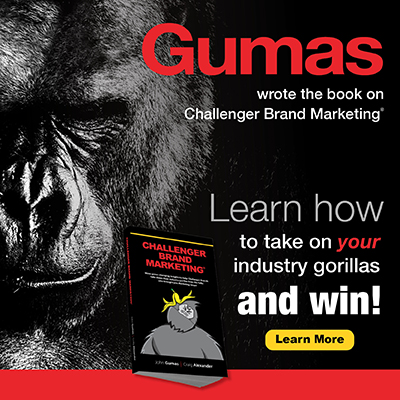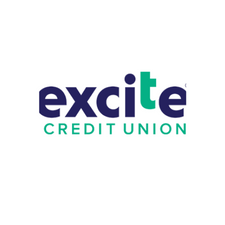Developing the proper marketing mix is critical to the success of Challenger Brands. Print, digital, TV, radio, direct mail and outdoor advertising can all be effective media for delivering your message to your target audience. But if your message doesn’t move your prospects, your advertising is destined for failure. When crafted right, your creative message can deliver incredible results, no matter which vehicles you use.
So what does “crafted right” mean? Let’s outline the critical elements of successful messaging and what Challenger Brands can do to dramatically increase their advertising response. You must first attract the prospect’s attention, then provoke their interest, create a desire for what you are selling and, finally, induce a specific action.
Attract Attention – If you can’t attract the attention of your prospects, it really doesn’t matter what you have to tell them in your advertising because they’ll never get far enough to read or hear it.
Make sure you know what your customers want. Just think about the most important benefit you have to offer, as it pertains to your prospects, and focus on that. And remember that this benefit must be pertinent to what your prospects really want, not what you think your prospects might want.
Do your homework because if you get this one wrong, chances are your advertising won’t work.In print, most attention is generated in the headline. Words alone can attract the prospect’s attention. But, when you combine a powerful headline with an eye-popping visual, your ad has the makings of success.Be careful not to get too clever. Get right to the point, and try to make your headline no longer than seven words.
Provoke Their Interest – Now that you’ve captured the prospect’s interest, hold that interest with information that is important to your prospect.The use of simple images and/or photos that support your message is critical. They help you get your message across faster.
When using photos, try to include captions whenever possible. Captions tend to get read more often, so make sure the captions are equally relevant and powerful. Short, simple sentences keep your prospect’s interest best, as does copy that’s believable and presented in everyday language.
Prospects tend to tune out cliches such as “we are committed to providing the ultimate in service and quality.” Instead, you can make this same point by saying “we have hundreds of satisfied customers, and we stand behind each one of them with the best warranty in the industry.”
Create Desire – This is where you must excite the prospects. During this third phase, give prospects an opportunity to imagine what it would be like if they owned your product.
If your company sells homes, create the visual benefits and build their desire to live in one of your beautifully crafted homes. Paint a picture of what it would be like for them and their family – sitting in front of the gorgeous stone fireplace, taking long walks in the nearby park, relaxing in the Jacuzzi tub after a long day.
The key to building desire is to focus on benefits, not features. A feature tells the prospects what the product has. Benefits, on the other hand, tell your prospects how that feature improves their lives.
Induce Action – Now that you’ve got your prospect’s attention and interest, the final phase may be the most important. Tell them what you want them to do and when you want them to do it. But it’s not good enough to say “buy now” or “come by and see us today.” You must give them a compelling reason to do so.
An effective call-to-action must be clear and direct. In addition, make sure that it’s relevant to the needs of your prospects, consistent with your product and/or brand, and, most importantly, that it provides a sense of urgency for the prospects to respond now.
Now that you have an understanding of the basic elements of effective advertising, you’ll be able to craft a message that not only grabs your target audience’s attention but also compels them to do business with you.








